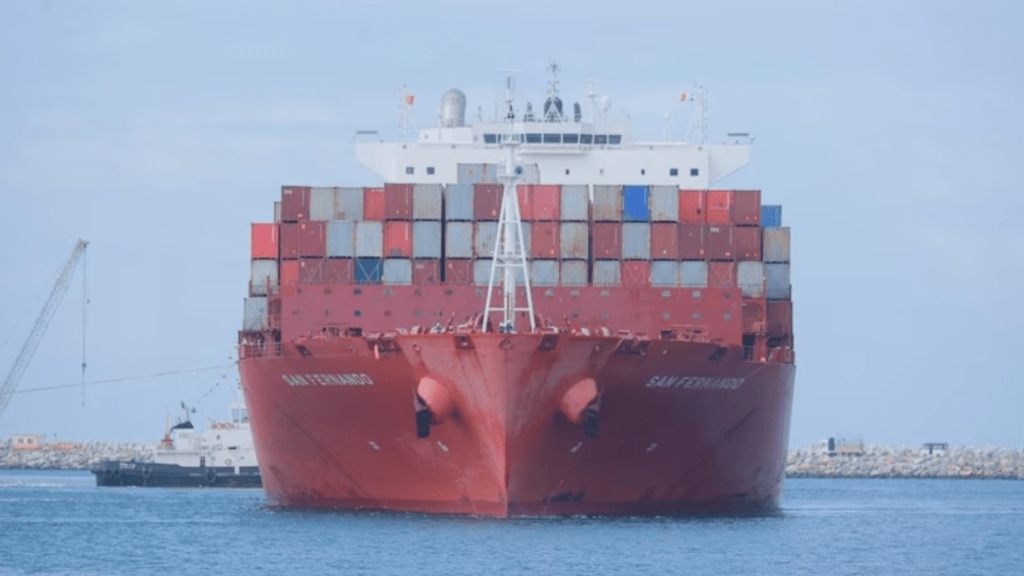On Friday, India welcomed its first cargo ship at the newly built semi-automated trans-shipment port in Vizhinjam, Kerala.
The first mothership “San Fernando” reached the international sea port on July 11 and was received with a water salute by four tugs. These tugs piloted it to the dock.
India’s maritime infrastructure has taken a significant leap forward with the inauguration of its first semi-automated container port, Vizhinjam International Seaport. Located in Kerala, this state-of-the-art port aims to transform India’s shipping and logistics landscape.
All you want to know
Vizhinjam International Seaport, developed by Adani Ports and SEZ Ltd., is strategically situated along the southwest coast of India. Its deep draft of 20 meters allows it to accommodate some of the world’s largest container ships, enhancing India’s capacity to handle substantial maritime traffic.
The port’s semi-automated operations are a notable feature, integrating advanced technologies to streamline container handling and improve efficiency. This automation reduces the turnaround time for ships, thereby increasing the port’s throughput and making it a competitive player in the global shipping industry.
A major advantage of Vizhinjam is its proximity to international shipping routes, which positions it as a key transshipment hub in the region. This strategic location can significantly reduce shipping costs and time for goods moving between the East and the West, fostering better trade connections.
Furthermore, the port is expected to boost the local economy by creating job opportunities and attracting investments in associated industries such as logistics, warehousing, and manufacturing. The development of supporting infrastructure, including roads and rail links, will further integrate the port with the hinterland, enhancing its connectivity and operational efficiency.
Vizhinjam International Seaport marks a milestone in India’s maritime sector, promising to enhance the country’s trade capabilities and strengthen its position in the global logistics network.

